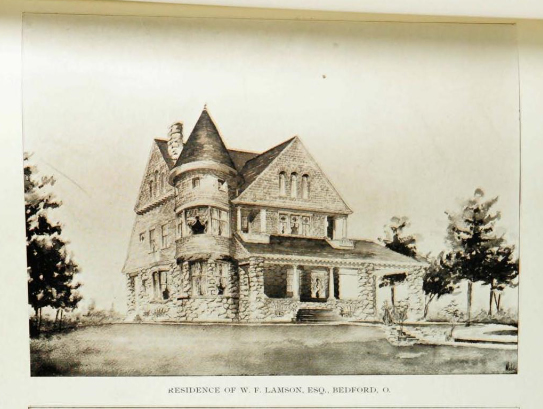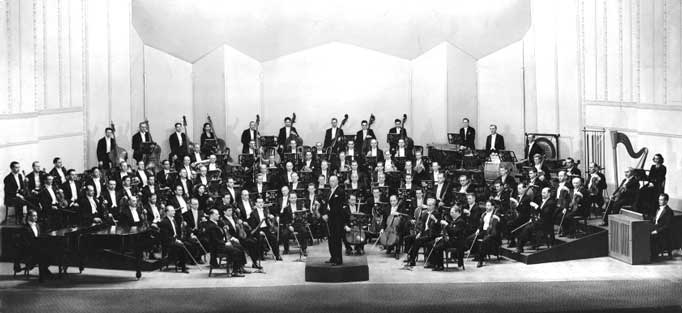Cleveland History
October 20, 1944 – The East Ohio Gas explosion devastated a portion of Cleveland’s east side when a liquefied natural gas storage tank leaked and ignited. The resulting fire and explosions killed 131 people and destroyed an area approximately one square mile in size.
October 21, 1895 – The Cleveland City Council officially adopted the city flag, designed by Susan Hepburn. The flag features vertical red, white, and blue stripes with a central emblem bearing the city’s name and the year of its founding.
October 21, 1934 – The Hungarian Cultural Garden in Cleveland was dedicated on the 123rd anniversary of composer Franz Liszt’s birth. The event celebrated Hungarian culture and marked a major addition to the Cleveland Cultural Gardens.
October 26, 1974 – The Richfield Coliseum officially opened in Richfield Township, between Cleveland and Akron. Its first event was a concert by Frank Sinatra. The venue went on to host Cavaliers games, concerts, and major sporting events for two decades.
World History
October 20, 1774 – The First Continental Congress adopted the Continental Association, agreeing to implement a boycott of British goods in response to the Intolerable Acts. This marked a unified colonial economic resistance and a critical step toward the American Revolution.
October 20, 1803 – The United States Senate ratified the Louisiana Purchase treaty, approving the acquisition of the Louisiana Territory from France and doubling the size of the nation.
October 20, 1935 – Mao Zedong’s Long March concluded when the surviving core of the Chinese Red Army arrived in Shaanxi Province after a year-long, 6,000-mile retreat from Nationalist forces. Fewer than 10,000 of the original 80,000 survived, but the march solidified Mao’s leadership.
October 26, 1917 – Brazil formally declared war on Germany, entering World War I on the side of the Allied Powers. Brazil was the only South American nation to join the war effort militarily.
October 26, 1979 – South Korean President Park Chung‑Hee was assassinated by Kim Jae‑gyu, the head of the Korean Central Intelligence Agency, triggering political upheaval and the eventual transition to a new military regime.






